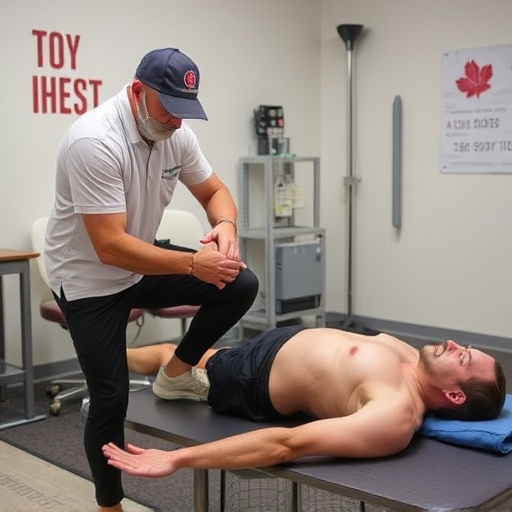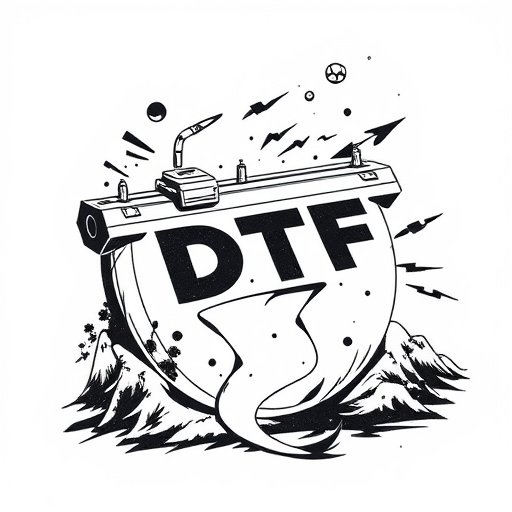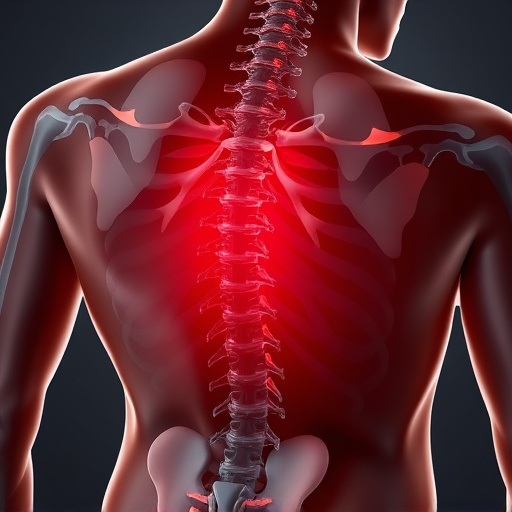Shockwave therapy for pain offers a non-invasive alternative to injections or surgery, using acoustic waves to target chronic conditions like lower back pain. By stimulating healing and reducing inflammation, it creates micro-tears in damaged tissue, encouraging new cell growth. Effective for tendonitis, musculoskeletal pain, and nerve disorders, shockwave therapy is gaining popularity as a safer conservative solution with promising outcomes in improving quality of life.
“Discover the transformative potential of shockwave therapy in managing chronic pain. This non-invasive approach has gained traction as a game-changer in pain management, offering hope where traditional methods falter.
Our article delves into the science behind this innovative treatment, exploring how it targets deep tissue to alleviate persistent discomfort. We analyze patient outcomes, examining its effectiveness for various chronic conditions and dissecting future prospects for this promising therapy.
By understanding shockwave therapy’s mechanisms, we can uncover why it’s becoming a preferred choice for many seeking relief from chronic pain.”
- Understanding Shockwave Therapy for Pain Management
- The Science Behind Its Efficacy for Chronic Conditions
- Exploring Patient Outcomes and Future Prospects
Understanding Shockwave Therapy for Pain Management

Shockwave therapy for pain has emerged as a non-invasive treatment option that utilizes focused shockwaves to target and alleviate chronic pain in various parts of the body, including lower back pain. This innovative approach differs from traditional therapies as it does not involve injections or surgery. Instead, it leverages acoustic waves to stimulate healing, promote tissue regeneration, and reduce inflammation, offering a promising alternative for individuals seeking effective chronic pain management outside of conventional methods.
The process typically involves applying shockwaves directly to the affected area, such as the lower back, hips, or joints. These shockwaves deliver mechanical energy to the tissues, initiating a natural healing response. Over time, this can lead to reduced pain, improved mobility, and better overall function. Shockwave therapy is particularly attractive for those who have exhausted other rehab services without significant relief, making it a potentially game-changing solution in chronic pain management.
The Science Behind Its Efficacy for Chronic Conditions

Shockwave therapy for pain has gained significant attention as a non-invasive treatment option for chronic conditions. The science behind its efficacy is rooted in low-energy acoustic waves, known as shockwaves, which are used to stimulate healing and reduce inflammation. These shockwaves create micro-tears in damaged tissue, promoting blood flow and the growth of new, healthy cells. This process not only provides headache relief but also addresses deeper issues like sciatica and spinal adjustments by targeting specific areas of the body.
Research has shown that shockwave therapy can be particularly effective for conditions such as chronic tendonitis, musculoskeletal pain, and certain nerve-related disorders. By reaching deep into affected tissues, shockwaves can help break down scar tissue and stimulate regeneration, offering a promising alternative to traditional treatments like steroid injections or surgery. Moreover, the non-invasive nature of shockwave therapy makes it an appealing option for patients seeking a safer, more conservative approach to managing chronic pain.
Exploring Patient Outcomes and Future Prospects

Shockwave therapy for pain has shown promising results in various patient populations, offering a non-invasive approach to managing chronic conditions. Studies have explored its effectiveness in treating musculoskeletal disorders, including back pain relief and neck pain treatment, with encouraging outcomes. Many patients report significant improvements in their quality of life after undergoing shockwave therapy, experiencing reduced pain levels and increased mobility.
Looking ahead, the future of shockwave therapy seems bright, with ongoing research delving into its potential for post-injury care and other specialized applications. As technological advancements refine delivery methods and treatment protocols, this innovative technique may continue to revolutionize pain management, providing even more options for individuals seeking long-lasting back pain relief or effective neck pain treatment.
Shockwave therapy for pain has emerged as a promising non-invasive treatment option for chronic conditions, offering relief to many patients who have not responded well to traditional therapies. The scientific evidence supporting its efficacy is growing, with numerous studies highlighting positive outcomes in managing various types of chronic pain. As research continues to evolve, patient access and understanding of this innovative approach are expanding, presenting a promising future for those seeking effective relief from long-term discomfort.














